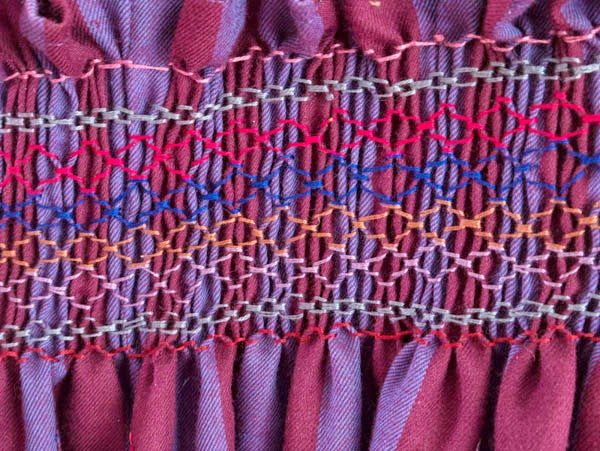So what happened?
Well, I am very pleased to say that the quilt is ahead of schedule! I used an app called Priority Matrix to plan the quilt and that's helped me stay on track as I could organise what image I wanted on what colour, and allocate it a month.
As you can see, there are lots of green ticks :D
So where are all these images? I've used the same process as for the eagle - find an image using Google (what did we do before Google?) put it into Adobe Ideas and turn it into a line drawing.
Print, trace onto fabric then stitch using stem stitch.
Here are the finished blocks. The blue and white ones are now stitched onto the backing fabric, which is an old sheet, along with other blue and white fabric.
The red and white blocks are still in progress, I've got one underway and 3 more to do. Then they can be stitched onto the backing fabric. Obviously because of the proportions of the flag, there are more red than blue blocks.
Orchard House - Louisa May Alcott's home in Concord, Massachusetts.
Sitting Bull
Fender guitar
Martin Luther King
American football player
Wolf
Mount Rushmore
Baseball player
Cowboy - I added a lasso.
Buffalo (or bison)
Golden Gate Bridge
Navaho pot in progress - you can see the pen lines, which will disappear over time.
Of course, once all the pieces are sewn on, then I will be adding decorative stitches, as I did to the Green Knowe quilt.





















.jpg)
.jpg)
.jpg)
.jpg)
.jpg)
.jpg)
.jpg)
.jpg)
.jpg)
.jpg)
.jpg)
.jpg)
.jpg)
.jpg)
.jpg)
.jpg)
.jpg)
.jpg)
.jpg)
.jpg)
.jpg)
.jpg)
.jpg)
.jpg)
.jpg)
.jpg)
.jpg)